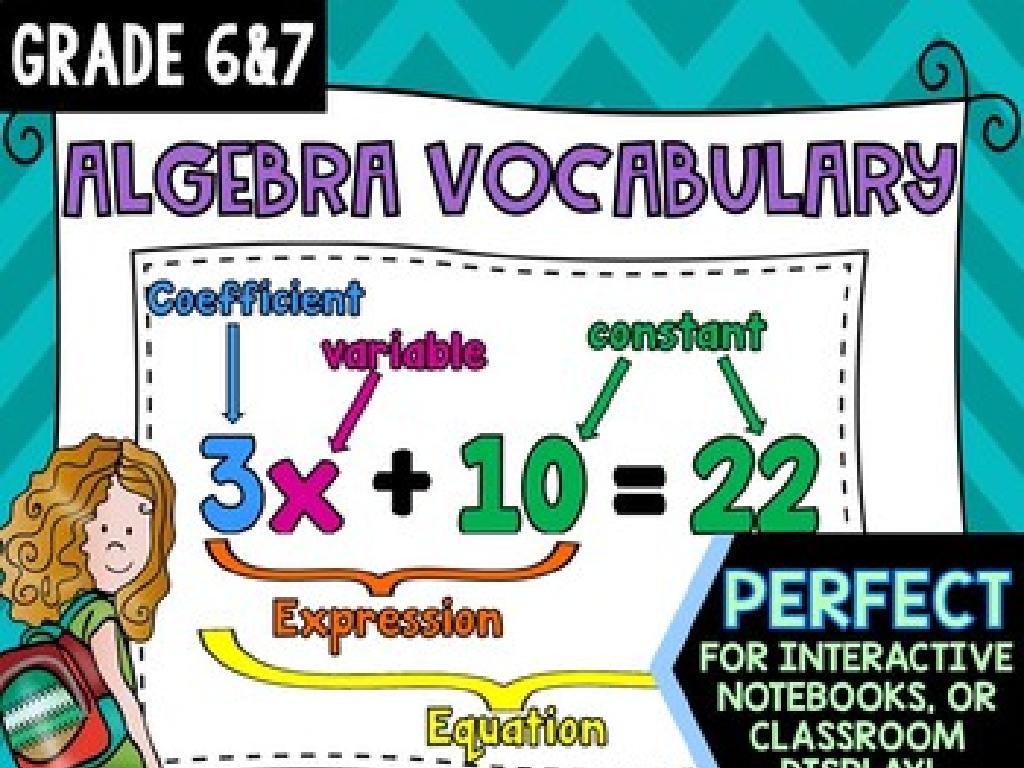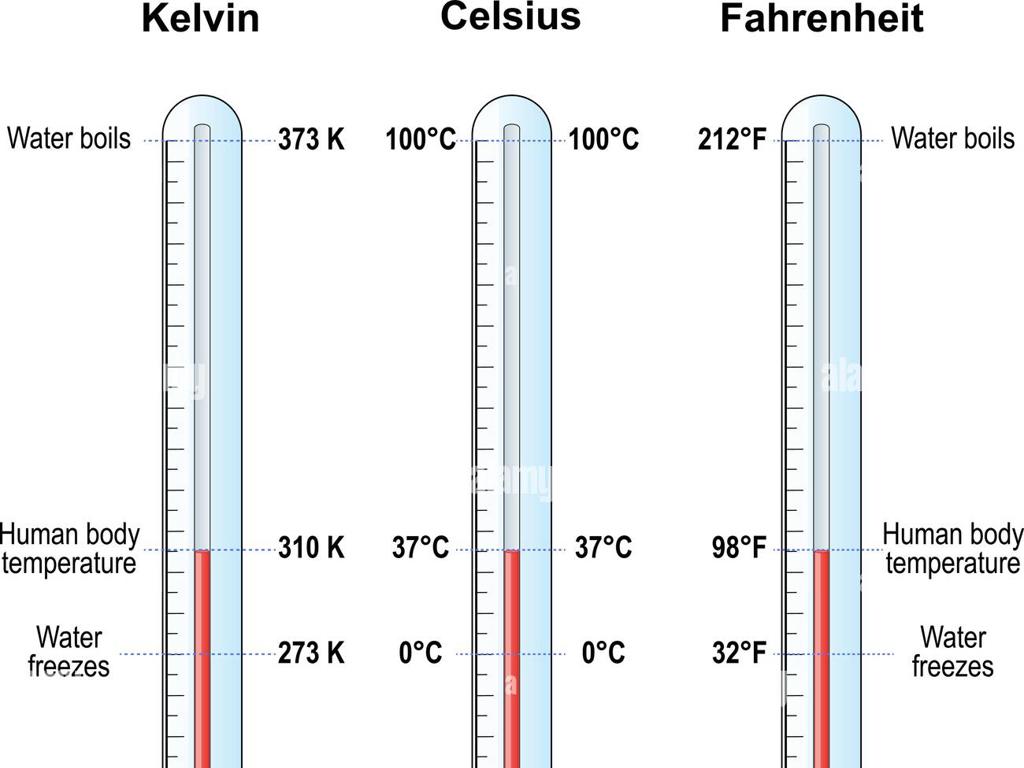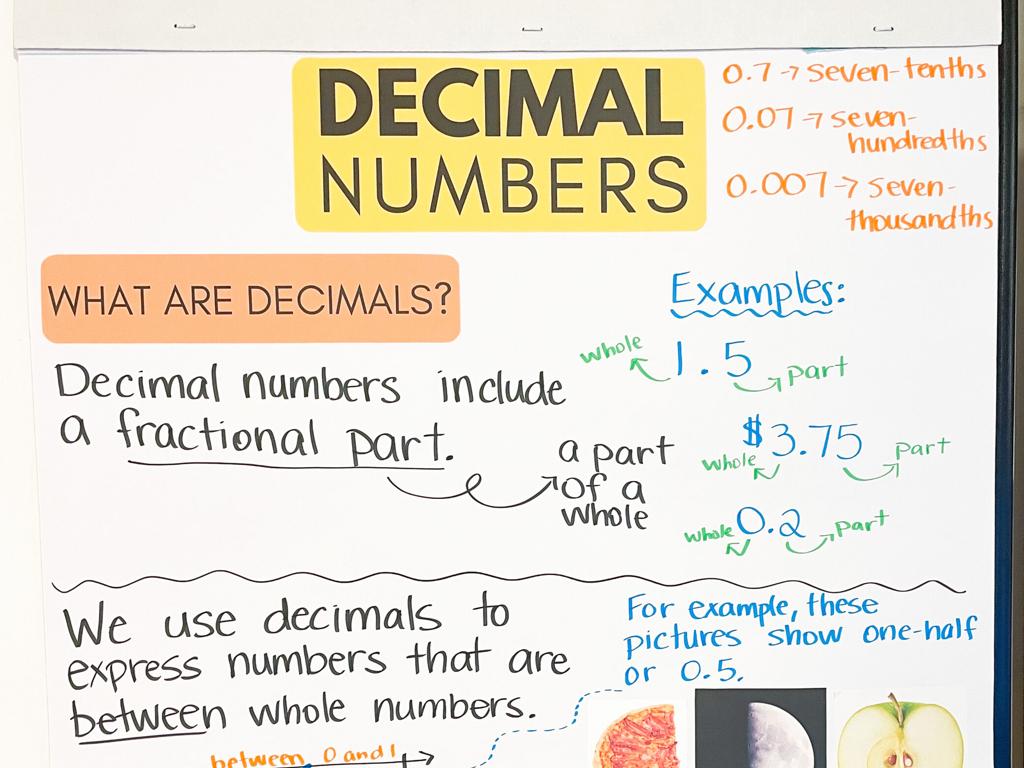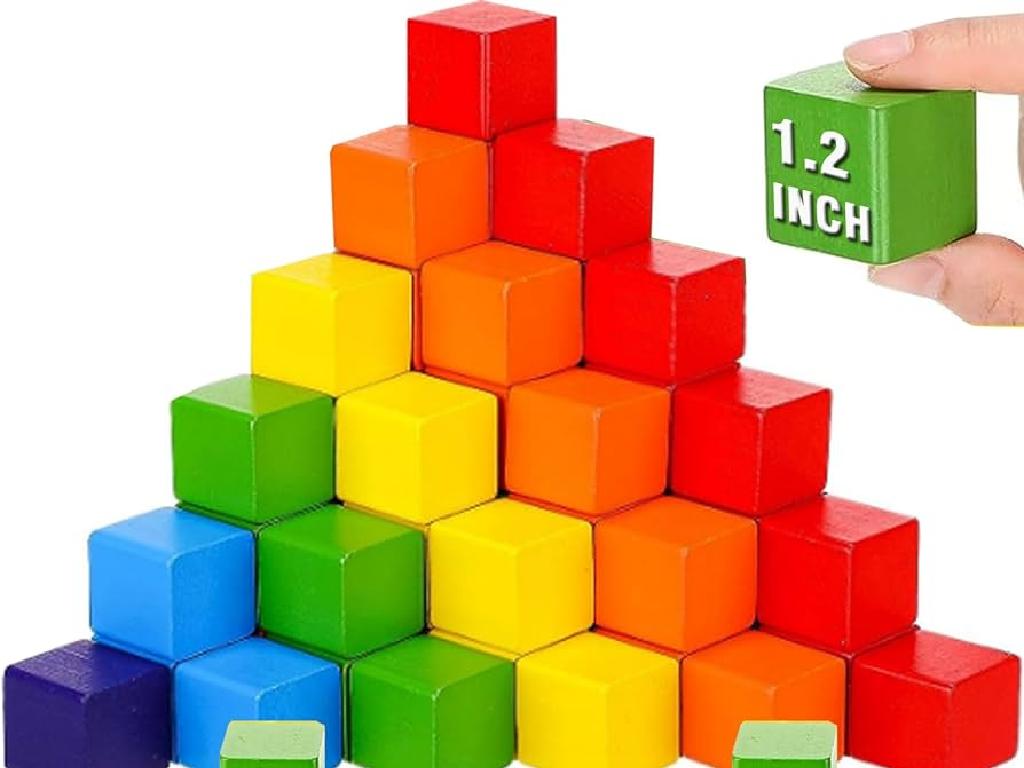Measure To Compare Length In Inches
Subject: Math
Grade: Second grade
Topic: Customary Units Of Length
Summary: This second grade math lesson teaches students how to measure and compare lengths using inches, a standard unit in the customary measurement system. Through hands-on practice with rulers, students measure everyday items like books and pencils while learning to accurately record, compare, and discuss their results. Real-life examples and interactive class activities reinforce the importance of measurement skills in daily life, helping students build confidence in using inches for smaller objects.
Please LOG IN to download the presentation. Access is available to registered users only.
View More Content
Exploring Length with Inches
– Learning to measure length
– Using inches for measurement
– An inch is a small unit of length in the customary system.
– Measuring various objects
– Use a ruler to measure books, pencils, or your foot!
– Measurement in daily life
– Knowing how to measure helps with building, crafting, and more.
|
This slide introduces the concept of measuring length using inches, which is a fundamental skill in mathematics and daily life. Start by explaining what measurement is and why it’s important. Show the students a ruler and point out the inch marks. Demonstrate measuring common classroom objects, such as a book or a pencil, and encourage students to think about where else they might need to measure things in inches. Discuss how being able to measure can help with tasks like determining if a new shelf will fit on a wall or figuring out if they have enough wrapping paper for a gift. This will help them understand the practical applications of measurement.
Understanding Length Measurement
– Length: distance from end to end
– Why length is important
– Used in building, sewing, baking, etc.
– Units of length: inches and more
– Inches, feet, yards, miles are units
– Measuring with inches
– Use a ruler to measure in inches
|
This slide introduces the concept of length and its importance in various everyday activities such as building, sewing, and baking. Length is the measurement of how long something is from one end to the other. It’s a fundamental concept in mathematics that children will use in many aspects of life. The slide also introduces the customary units of length, with a focus on inches for this lesson. Emphasize the practicality of using inches for small measurements and demonstrate how to use a ruler to measure objects. Encourage students to bring items from home that can be measured in inches for hands-on practice.
Inches – The Small Units of Length
– What is an inch?
– An inch is a tiny unit used to measure length.
– Inches in a foot
– Remember, 12 inches make up 1 foot.
– Measuring with inches
– Use inches for small objects like pencils or books.
– Examples of inch measurements
– A pencil might be 7 inches long, or a book 11 inches wide.
|
This slide introduces inches as a standard unit of measurement in the customary system, which is commonly used in the United States. Emphasize that an inch is a small unit, perfect for measuring things that are not too long or big. Reinforce the concept that there are 12 inches in a foot by using a ruler or visual aids. Provide examples of items students can relate to, such as the length of a pencil or the width of a book, and encourage them to think of other objects they could measure using inches. This will help them grasp the practical use of inches in everyday life.
Let’s Practice Measuring!
– Use rulers to measure in inches
– Start at the 0 mark on the ruler
– Make sure the ruler’s edge lines up with the end of the object
– Record the object’s length
– Write the number down where the object ends
– Share your measurements
– Tell the class how long your object was
|
This slide is designed for a hands-on class activity where students will practice measuring objects using rulers and understanding the concept of length in inches. Emphasize the importance of starting at the 0 mark to get an accurate measurement. Guide the students to carefully align the ruler with the object and observe where the object ends on the ruler to determine its length. Encourage them to write down their findings clearly. After measuring, students should be prepared to share their results with the class, which will help reinforce their understanding of measuring and comparing lengths. Prepare a set of diverse objects for the students to measure, and ensure that each student has access to a ruler. This activity will help solidify their grasp of using customary units of length in a practical context.
Comparing Lengths with Inches
– Why compare lengths?
– Using rulers to measure
– Use the inch side of your ruler to measure objects
– More inches means longer
– If one object has more inches, it’s the longer one
– Fewer inches means shorter
– If it has fewer inches, then it’s the shorter one
|
This slide is aimed at teaching second-grade students the concept of comparing lengths using inches, a customary unit of length. Start by discussing situations where they might need to find out which object is longer or shorter, like comparing the height of plants or the length of pencils. Demonstrate how to use a ruler, making sure to point out the side with inches. Explain that the object with the greater number on the ruler is longer, and the one with the smaller number is shorter. Encourage students to practice by measuring items around the classroom and recording their findings. This will help them understand the practical application of measuring and comparing lengths.
Measuring in Inches: Real-Life Examples
– Common items measured in inches
– Everyday objects like pencils, toys, and paper are often measured in inches.
– Measuring a smartphone
– Smartphones vary in size, but many are about 6 inches long.
– Measuring a small book
– A pocket-sized book might be around 7 inches tall.
– Measuring a water bottle
– A typical water bottle could be about 9 inches tall.
|
This slide aims to help students understand the practical application of measuring lengths in inches by using relatable objects. Start by showing the students how to use a ruler to measure the length of a smartphone, a small book, and a water bottle. Encourage them to think about the size of these items in relation to the inches on a ruler. Ask students to bring in items from home that they can measure in class. This will help them grasp the concept of inches as a unit of measurement and how it applies to objects in their daily lives. Make sure to have rulers available for the students to use during the activity.
Class Activity: Measure and Compare!
– Measure classroom objects
– Use a ruler for 5 items
– Record each item’s length
– Write down the length in inches next to each item
– Find the longest & shortest
– Compare your measurements to discover size differences
|
This activity is designed to give students hands-on experience with measuring objects using a ruler and understanding the concept of length in inches. Provide clear instructions on how to use a ruler properly, ensuring they align it correctly at the start of the object and read the measurement at the end. Encourage them to choose a variety of objects to measure. After they have recorded the lengths, facilitate a discussion on which objects are longer or shorter and why it’s useful to know how to measure and compare lengths. Possible activities could include measuring pencils, books, desks, a piece of string, or their own footprints.
Wrapping Up: Measuring Lengths in Inches
– Excellent work with measurements
– Inches are for small objects
– Like a pencil, book, or a shoe
– Practice measuring at home
– Use a ruler to measure toys or utensils
– Share your findings tomorrow
|
Today’s class focused on understanding how to measure and compare lengths using inches, which are a smaller unit of measurement in the customary system. Reinforce the concept that inches are ideal for measuring smaller objects they encounter in everyday life. Encourage students to practice this skill at home by measuring various objects with a ruler and recording their lengths. This will help solidify their understanding and prepare them to share their experiences in the next class, fostering a collaborative learning environment.





